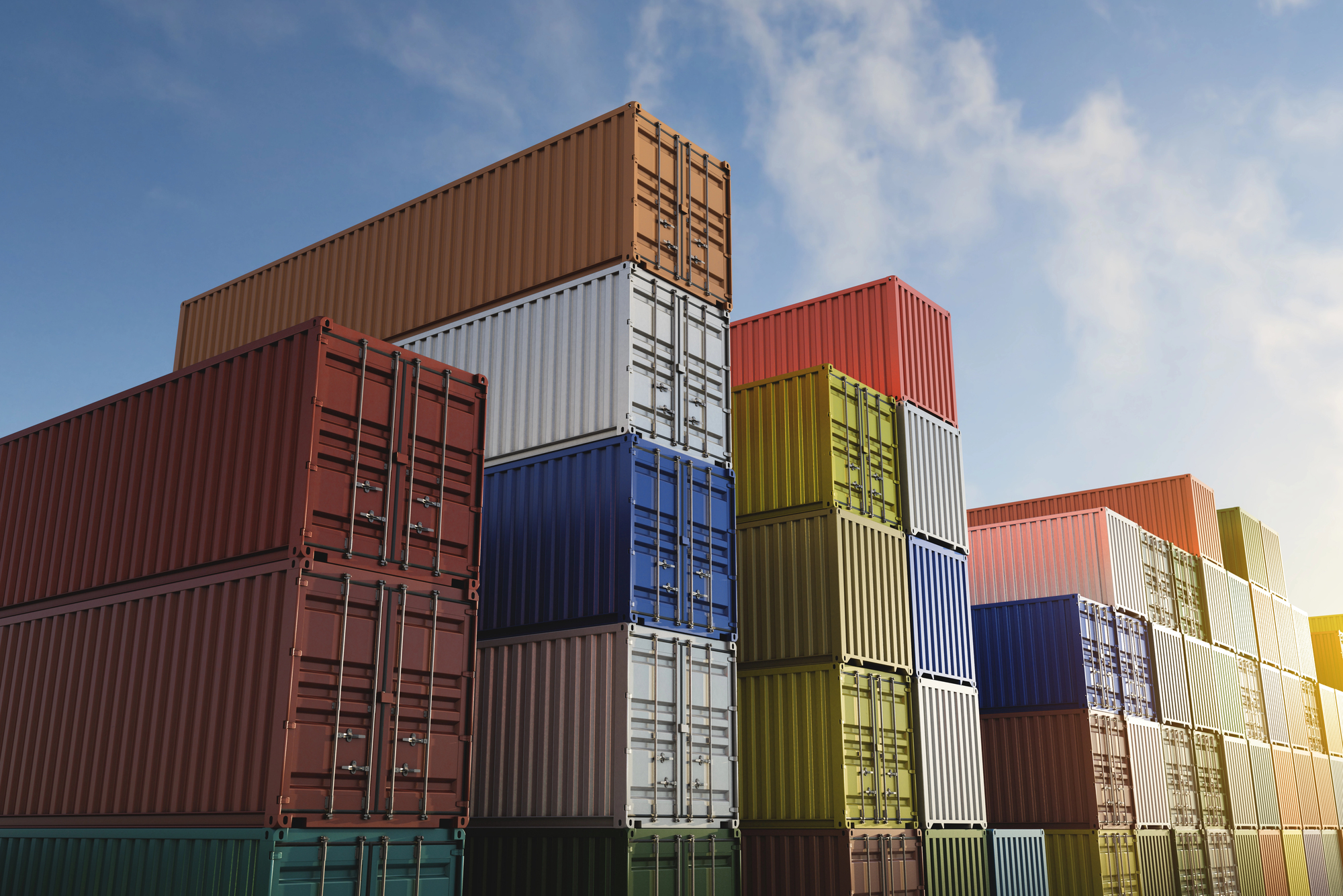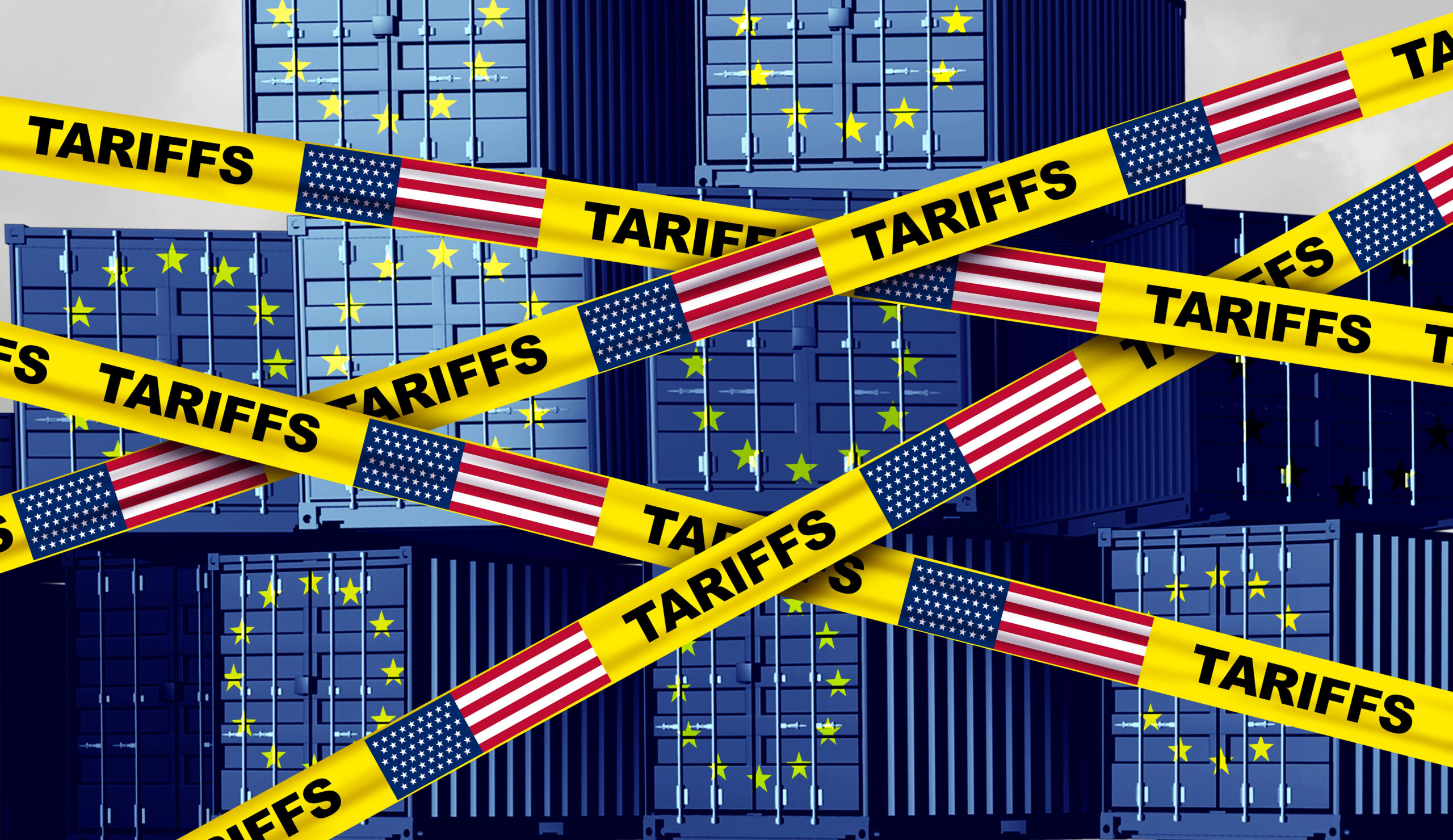On Thursday, April 3rd, businesses worldwide braced for a challenging future marked by rising costs, trade disruptions, and limited access to the global market. This came after U.S. President Donald Trump implemented sweeping tariffs, turning their worst fears into reality.

Trump escalated his trade war by increasing tariff rates from 10% to nearly 50%. While he claimed the move would restore jobs in the United States, company executives were more concerned about the potential need to hike prices, scale back shipments, or reduce investment activities altogether.
“The harsh reality is that these tariffs will drive up prices on countless everyday items, ranging from phones to food, exacerbating inflation at a time when it is already stubbornly high,” stated Nigel Green, CEO of the global financial advisory firm deVere Group.
In addition, the shipping companies, key players in facilitating global trade, were among the first to raise concerns on Thursday, while many other business leaders remained silent, reflecting on the implications of this new reality.
“The tariff plan unveiled by the U.S. administration is substantial, and in its current state, it poses clear challenges to the global economy, trade, and stability,” stated Maersk, the world’s second-largest container shipping company.
Next, German container shipping giant Hapag-Lloyd, the world’s fifth-largest container liner, warned that the newly imposed tariffs may impact demand, disrupt cargo flows, and drive up operational costs. The company added that it might have to modify its service network to adapt to these potential challenges.

Dirk Jandura, president of Germany’s BGA association, which represents importers and exporters, voiced similar concerns. He stated, “Tariffs will inevitably lead to price increases, which, in many cases, will result in declining sales.”
Trump views tariffs as a tool to shield the U.S. economy from unfair global competition and as leverage to negotiate more favourable trade terms.
The typical approach to managing tariffs involves increasing prices and transferring the costs to customers as much as possible. While some companies may attempt to diversify their supply chains, Trump’s additional 34% tariff on China, along with 46% and 49% tariffs on Vietnam and Cambodia respectively, complicates matters—targeting Asian nations where businesses had been relocating production.
On Thursday, shares of Western sportswear brands Nike, Adidas, and Puma saw significant declines, with Vietnam, Indonesia, and China being key sourcing markets for their products. Meanwhile, Apple shares dropped 7% in Frankfurt, driven by concerns over its substantial manufacturing base in China.
In the U.S., retailers such as Target and Best Buy have acknowledged the need to raise prices, though their profit margins are expected to face significant pressure. Meanwhile, Target and Walmart have been attempting to negotiate with Chinese suppliers, who are already contending with a weakened economy.
Drinks industry groups have stated that U.S. consumers will face higher prices for cocktails, champagne, and imported beers, while certain brands may vanish from bar menus. Additionally, job losses are anticipated on both sides of the Atlantic.

According to the White House, tariffs are expected to promote onshoring, much like the updated USMCA trade agreement signed by Trump during his first term, which incentivised a shift in manufacturing from China to Mexico or Canada.
In conclusion, the ripple effects of these tariffs extend far beyond policy discussions, touching industries, businesses, and consumers on a global scale. While some argue that these measures could bolster domestic production, the challenges of rising costs, disrupted supply chains and strained international trade relations cannot be overlooked.
Moving forward, businesses and policymakers alike must navigate this evolving landscape with a focus on innovation, adaptability, and strategic collaboration. Ultimately, the goal should be to foster a balanced trade environment that promotes growth, stability, and mutual benefit.



